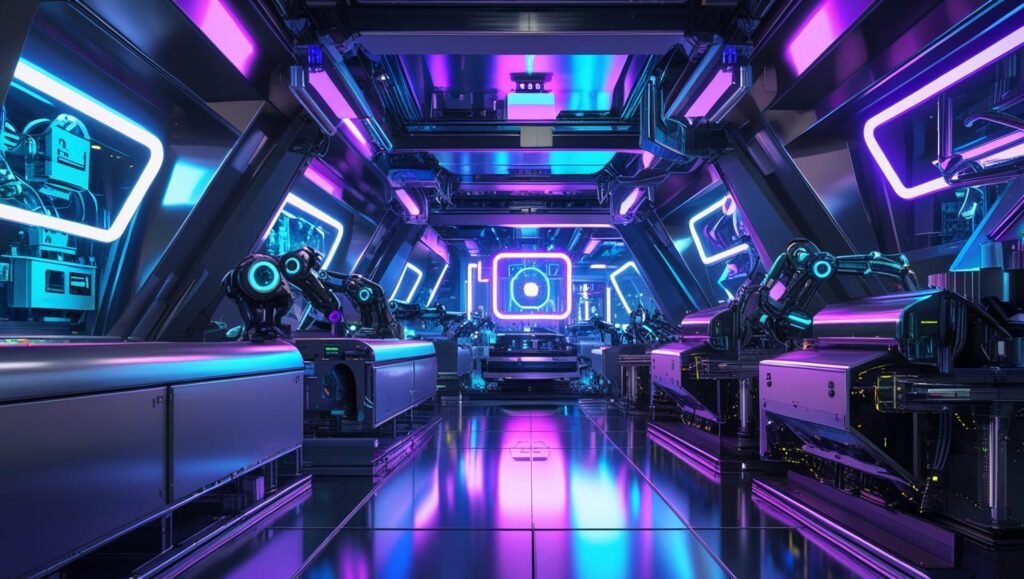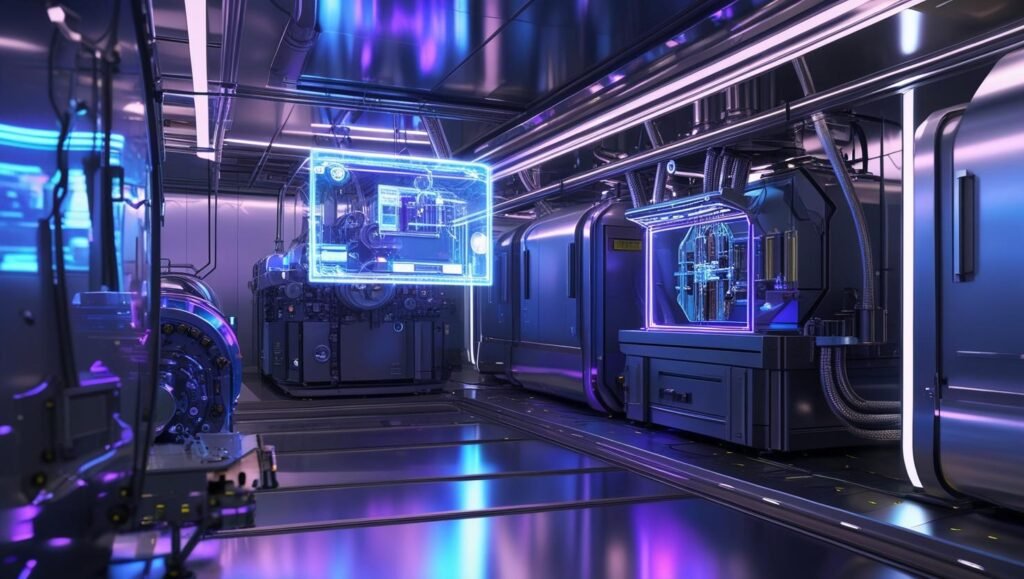Digital Twins: Unleash Smart Factory Success Now

Imagine a factory that runs like a dream. Machines hum smoothly, problems get fixed before they start, and every step saves time and money. Sounds amazing, right? This is the power of Digital Twins. These virtual models of real machines or systems are changing how smart factories work. By using real-time data, Digital Twins help factories stay efficient and avoid costly breakdowns. Let’s dive into how they work and why they’re a game-changer for Industry 4.0.
What Are Digital Twins?
Digital Twins are like digital clones of physical things. Think of a machine in a factory. Its Digital Twin is a computer model that copies every detail of that machine. Sensors on the real machine send data, like temperature or speed, to the Digital Twin. This lets the model show exactly what’s happening in real time.
Why does this matter? It helps factory managers spot issues fast. For example, if a motor is overheating, the Digital Twin alerts the team before it fails. This saves time and keeps production on track.
How Do Digital Twins Work?
Digital Twins rely on the Internet of Things (IoT). Here’s a simple breakdown:
- Sensors Collect Data: Devices on machines track things like vibration or energy use.
- Data Goes to the Twin: The info feeds into the Digital Twin through the cloud or edge computing.
- Twin Analyzes Data: The model uses the data to simulate the machine’s behavior.
- Action Happens: Managers get alerts or insights to fix problems or improve processes.
This process happens in real time, so factories can act quickly. It’s like having a crystal ball for your production line!

Why Digital Twins Matter for Smart Factories
Smart factories aim to be fast, flexible, and cost-effective. Digital Twins make this possible. They don’t just monitor machines—they help factories plan better and save money. Here’s how:
- Fewer Breakdowns: Digital Twins predict when machines might fail, so you can fix them early.
- Better Efficiency: By simulating processes, twins show where to cut waste or speed up.
- Smarter Decisions: Real-time data helps managers make choices based on facts, not guesses.
For instance, a car factory might use a Digital Twin to test a new assembly line setup without stopping work. This boosts output without risking delays.
Real-World Examples of Digital Twins
Big companies are already using Digital Twins to shine. Take General Electric (GE). They use Digital Twins for wind turbines. The twins track blade wear and weather conditions, helping GE decide when to do maintenance. This saves millions in repair costs.
Another example is Siemens. Their Digital Twins simulate entire factories. They test new layouts or machines virtually, cutting setup time by up to 20%. These wins show why Digital Twins are key to staying competitive.
Challenges to Using Digital Twins
Digital Twins sound perfect, but they’re not easy to set up. Factories face a few hurdles:
- Cost: Sensors, software, and cloud systems can be pricey, especially for small businesses.
- Data Security: Hackers could target IoT devices, messing with Digital Twin data.
- Complexity: Building an accurate Digital Twin needs skilled teams and time.
These challenges can slow things down, but solutions like better encryption and simpler software are helping.
The Future of Digital Twins in Industry 4.0
Digital Twins are just getting started. New tech, like 5G and AI, will make them even better. 5G means faster data transfer, so twins can react instantly. AI can analyze data smarter, predicting problems with pinpoint accuracy. This combo will push smart factories to new heights.
Picture a future where Digital Twins run entire supply chains. They could adjust production based on customer demand or shipping delays—all in real time. This would cut waste and make factories more sustainable.
Want to Learn More?
Digital Twins are transforming smart factories, but there’s so much more to explore. From cutting-edge setups to overcoming tough challenges, the full story is packed with insights. To dive deeper into how Digital Twins drive Industry 4.0 success, check out our detailed research paper. It’s got everything you need to understand this tech and make it work for you.
[Read the Full Research Paper Now]




